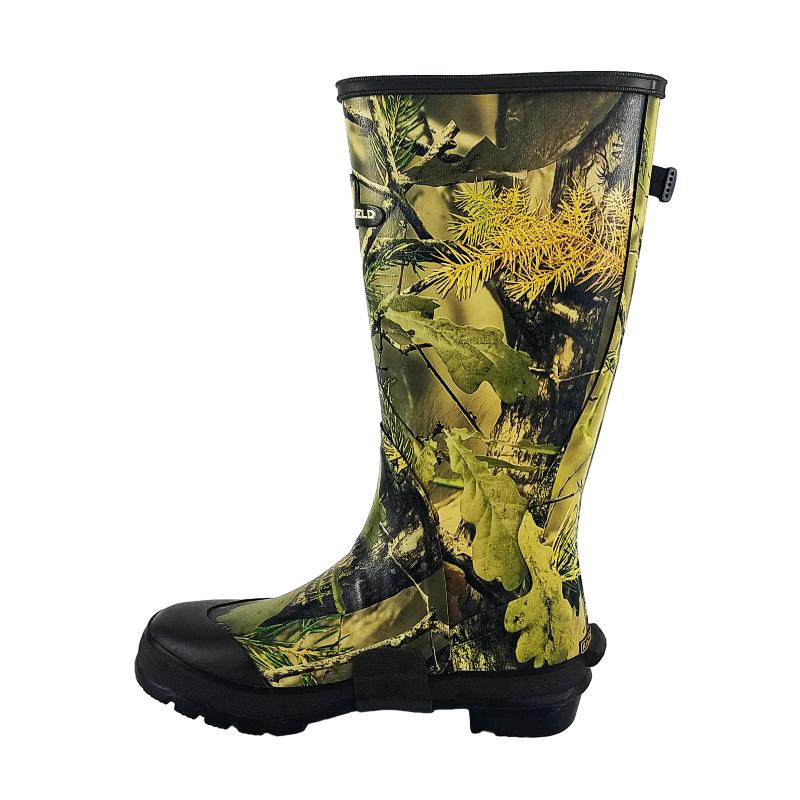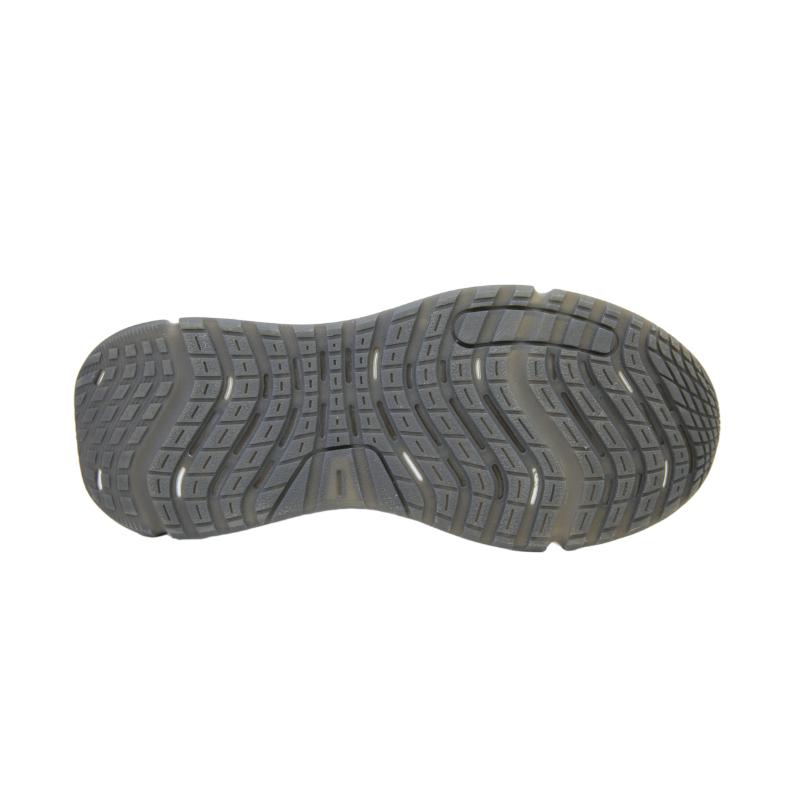In conclusion, insulated rubber winter boots are a must-have item for any woman braving the cold weather this season. With their waterproof construction, superior insulation, and excellent traction, these boots provide both style and functionality for all your winter adventures. Invest in a pair of insulated rubber winter boots today and enjoy the warmth and comfort they provide all season long.




